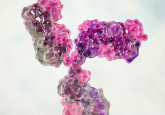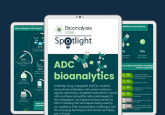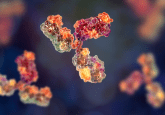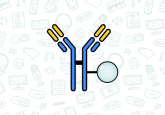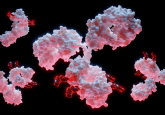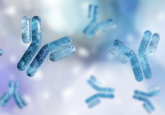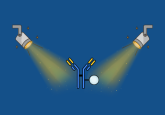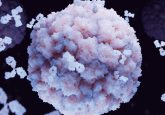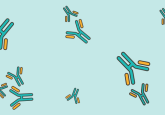ADC bioanalytics
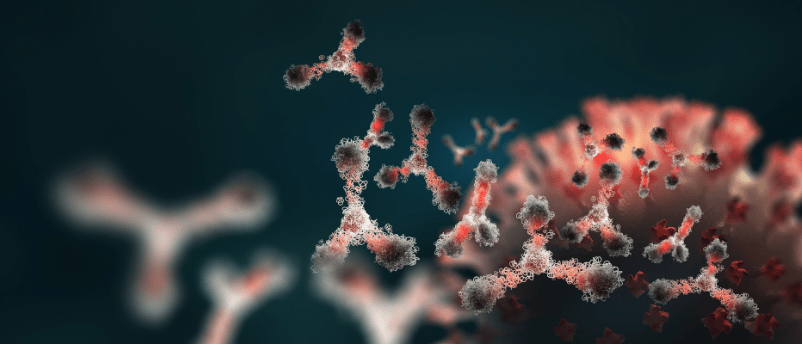
Antibody-drug conjugates (ADCs) combine targeted monoclonal antibodies with potent cytotoxic agents. Over the last decade, the number of ADCs in drug development has been increasing. A growing number of ADC cancer therapies are now marketed and the number in development is increasing as well.
Analysis of ADC concentration and immunogenicity data is important to understand their pharmacokinetics (PK) and pharmacodynamics (PD) and for guiding dosing strategies. However, these molecules are challenging for bioanalytical scientists due to their inherent complexity. ADCs are heterogeneous, with variable drug-to-antibody ratios that can affect efficacy and toxicity. For PK, it is usually required to measure the intact ADC, its free payload or metabolites and the total antibody concentration. Immunogenicity approaches can vary but often include domain specificity as an additional tier compared to regular anti-drug-antibody (ADA) measurements. The required assays require sophisticated analytical techniques, such as liquid chromatography-tandem mass spectrometry (LC–MS/MS) and ligand-binding assays, where the stability of the analytes and specificity of the analytical methods are among the largest challenges.
In this Spotlight series, ICON will share several publications highlighting some of the challenges of ADC bioanalytics and provide suggested solutions from the experience of their experts.
The feature was produced in association with:

